In July 2019, with considerable effort, we managed to spread approximately 45,000 kilos of three different residual flows on a test field in Voorne-Putten. It's now October, and a green manure has been applied. We returned to the test field to investigate any visible differences.
Intent
In the previous update, we shared information about the three residual flows we are investigating: coffee grounds , coffee substrate, and straw substrate. If the research and analysis show that these materials have a positive effect on the soil, soil life, and vegetation, we intend to take the next step by removing these residual flows from their waste status.
The trial is being conducted at Maatschap den Ouden, an arable farmer from Voorne-Putten. The entire trial field is approximately 5 hectares in size. The image below shows the entire trial field.

Within this experimental field, there are four test plots, each approximately 0.75 hectares in size. In plot A, coffee grounds were spread. In plot B, cow manure was spread [control]. In plot C, coffee substrate was spread, and in plot D, straw substrate was spread. The figure below shows the distribution of the four test plots.

How is monitoring done?
There are several ways to assess the effects of the various materials. For example, soil and crop samples are taken to measure their visible properties. A baseline measurement was also taken before the project began by sampling the plot.
Certicon is responsible for assessing the environmental value of the land where the test is conducted at the beginning, middle, and end of the experiment. Certicon performs comprehensive soil analyses for heavy metals, PACs, PCBs, and mineral oils.
Eurofins Agro is the accredited laboratory that focuses on nutrient availability in soil and crops. Both laboratories have the ability to test for caffeine. This is performed on water and soil samples during every Certicon analysis. Eurofins LabCo also performs caffeine analyses.
In addition, the crop development and visible differences between the test plots are being monitored. A drone allows for a higher-altitude view of the test plots. The video below provides a good overview of the entire test field.
https://www.youtube.com/watch?v=aziynGL2tGQ
Based on these images, we see no differences in the growth of the green manure in the various test plots. This is encouraging news, as it would indicate that the initial impression is that the test plots where coffee grounds, coffee substrate, and straw substrate were spread show NO difference in growth compared to the control plot where cow manure was spread.
This outcome still needs to be validated using the analyses, but it appears that no adverse effect is observable.
Next steps
The green manure is then plowed under, and the next crop [onions] is sown. The onions are expected to be harvested in August 2020. That's another measurement point.
After the harvest, cow manure, coffee grounds, coffee substrate, and straw substrate will be spread again in September 2020. The next crop will then be sown in March/April 2021, and harvest will take place around August 2021. We will then collect the final data, and the Louis Bolk Institute will begin analyzing and interpreting the data.
The next update will be around August 2020 when we start riding again.
Our partners
Changing waste regulations isn't something you do alone. We're working closely with Maatschap den Ouden, Wageningen University & Research, and the Louis Bolk Institute on this project. We're able to carry out this project with financial support from the Province of South Holland and the European Union.
It requires a lot of research, measurements, and time. And that costs money. We had to pay part of it out of our own pocket. That's why we're very grateful for the support of our "Enabling Partners": the Municipality of Rotterdam, Triodos Foundation, and Sylvan Inc.
Want to know more? This series consists of 11 blogs in which we tell you all about the project. Click and read more:
- Intro: Back to the Soil blog series
- Back to the Bottom: The Plan
- Residual flows on the soil: why?
- From plan to experiment: the legal waste stream soap
- Waste legislation: what is waste?
- Organic waste flows on the soil: what are the legal implications?
- Update 1: Pot trials, waste stream collection & spreading
- Update 2: Back to the bottom
- Residual flows on the soil: the research results
- Residual flows on the soil: the impact
- Residual flows on the soil: the next steps

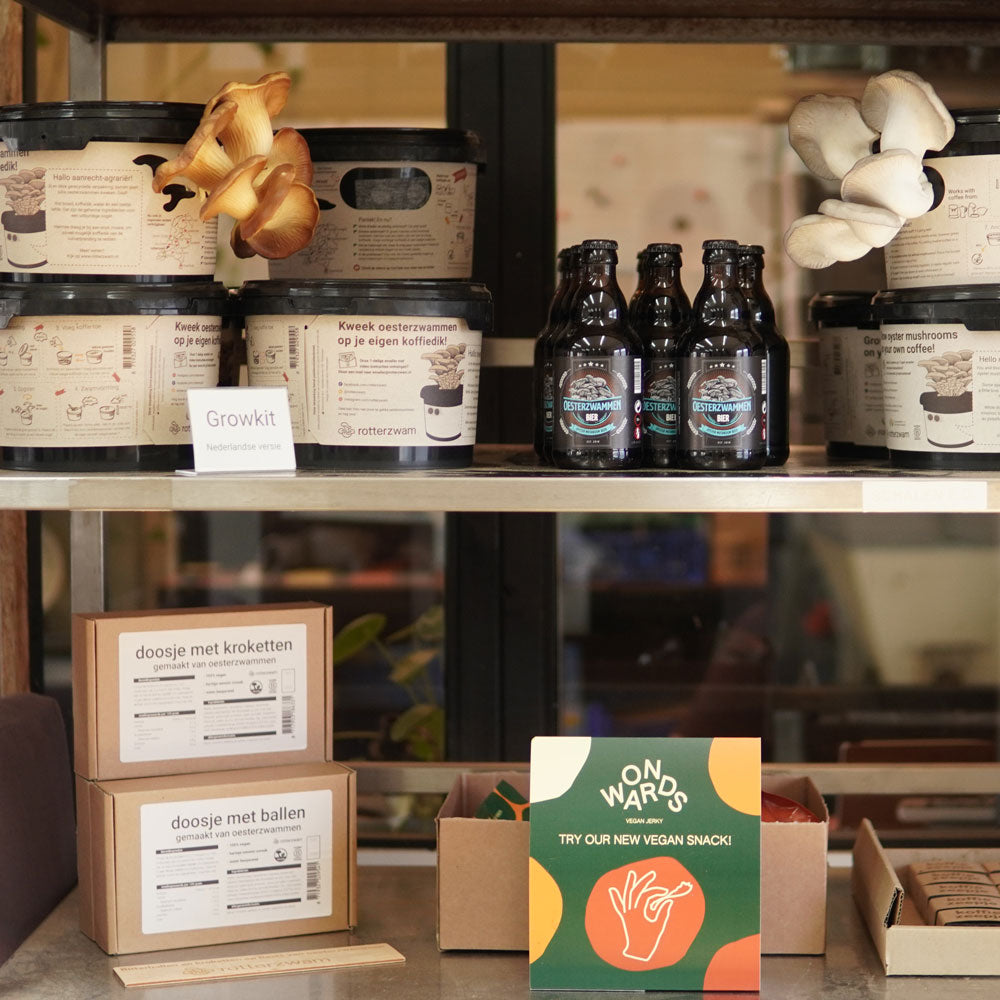
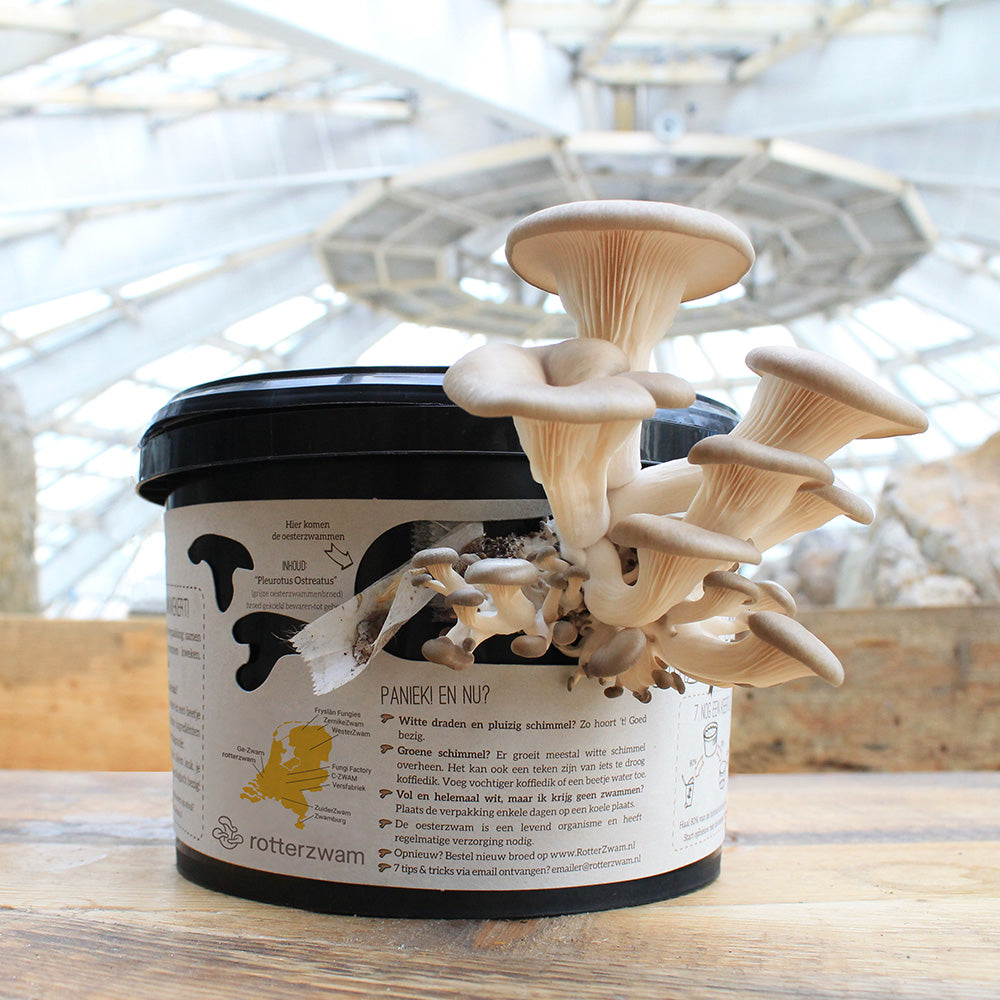
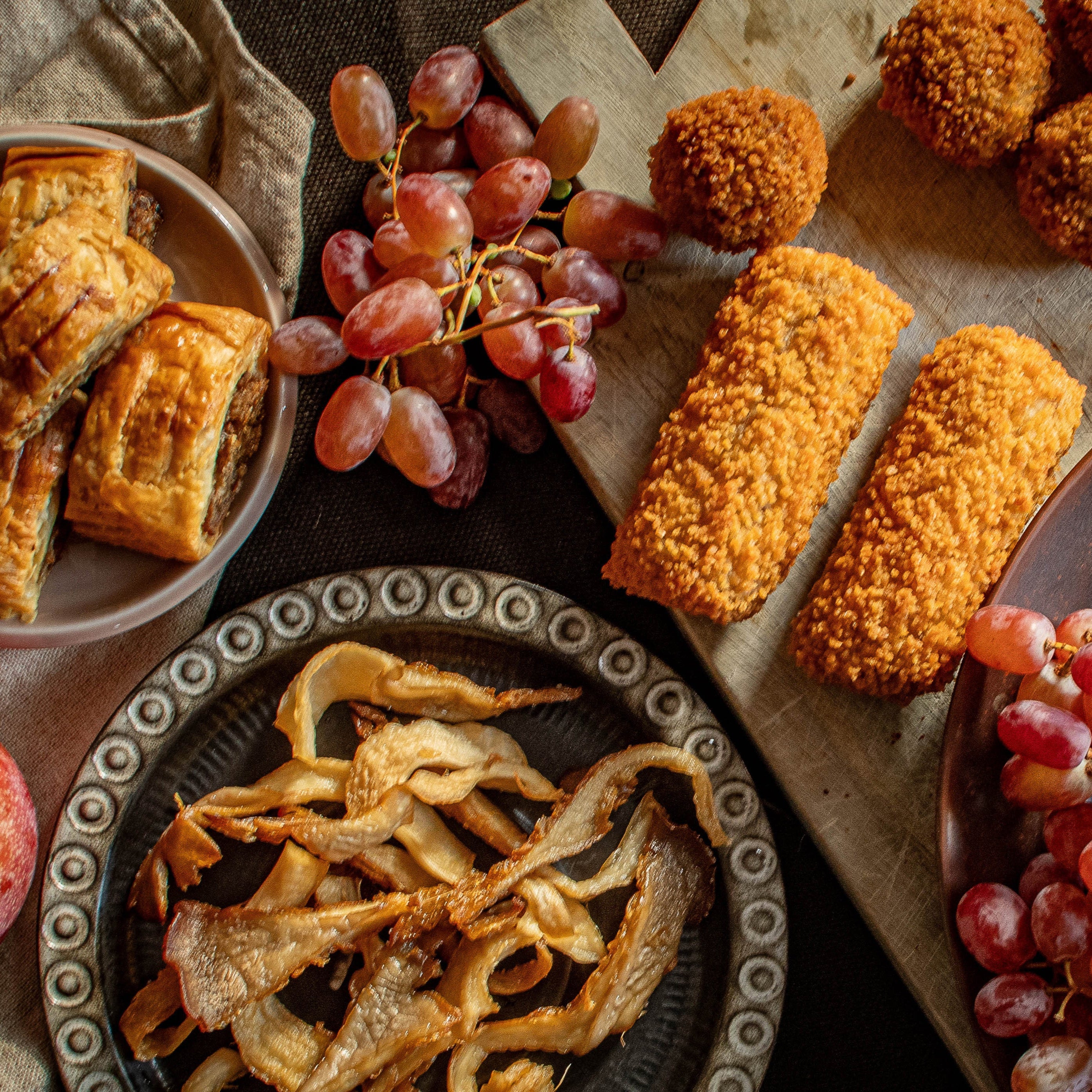
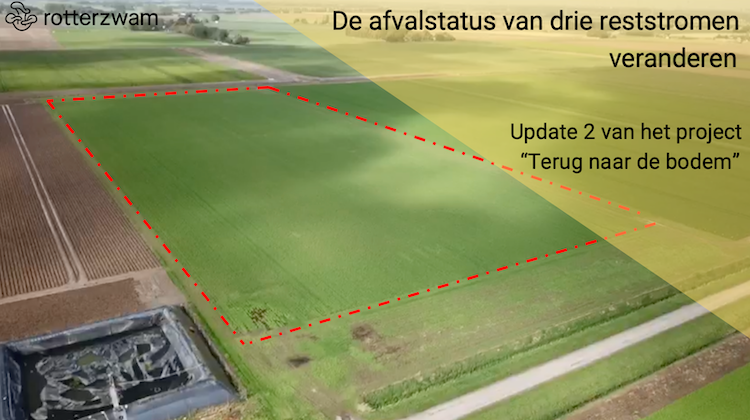
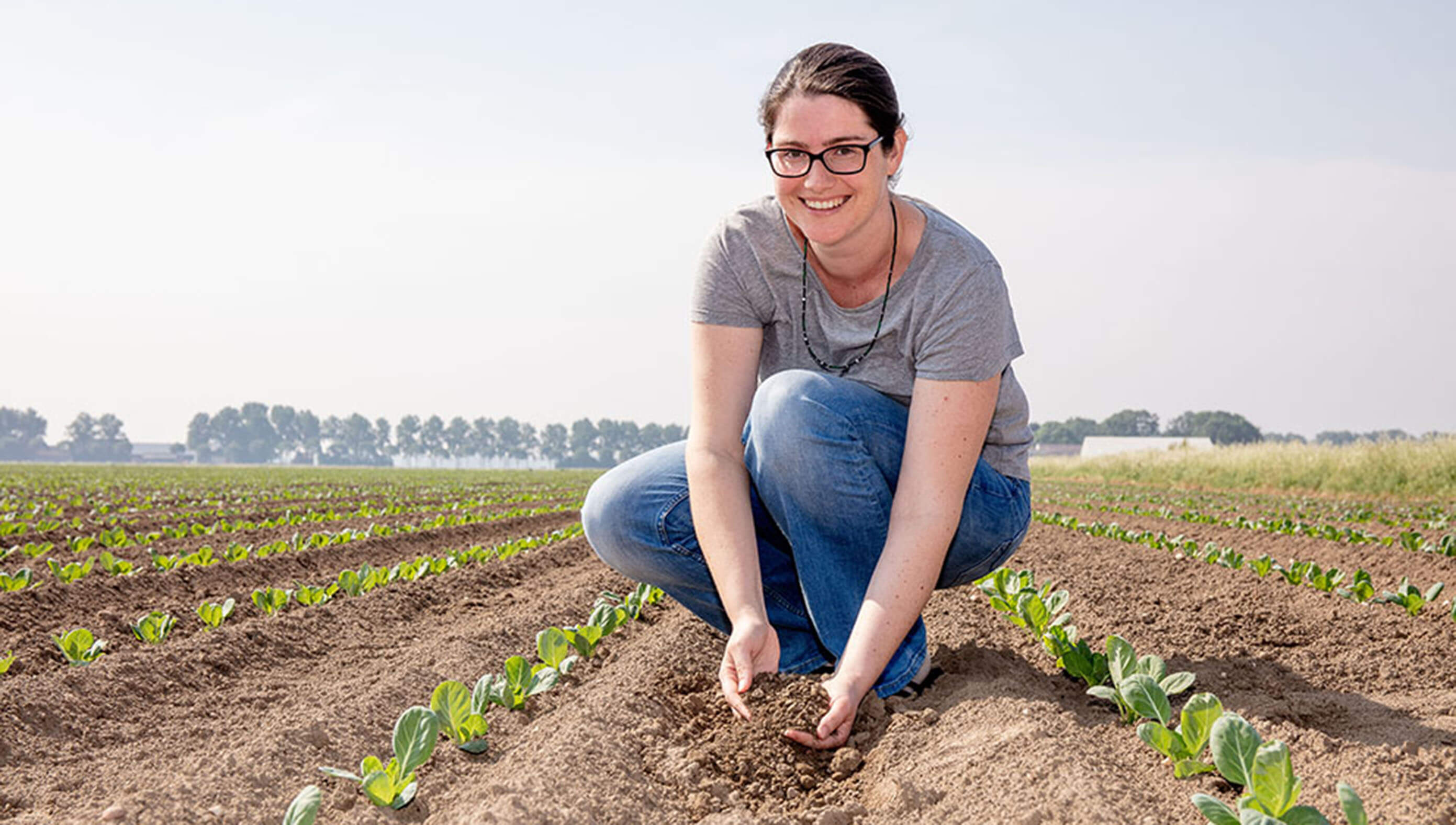
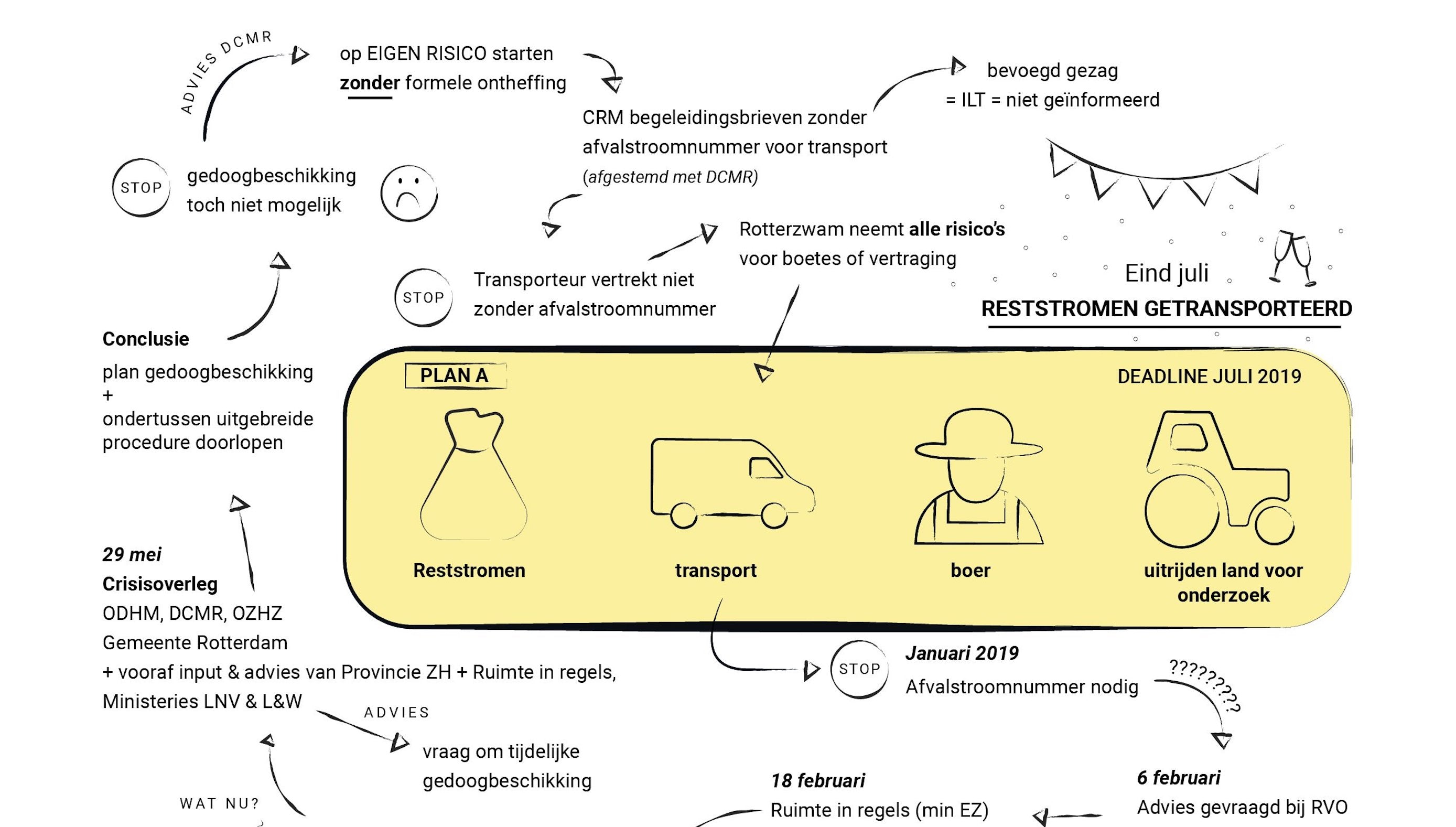
Leave a comment
All comments are moderated before being published.
This site is protected by hCaptcha and the hCaptcha Privacy Policy and Terms of Service apply.